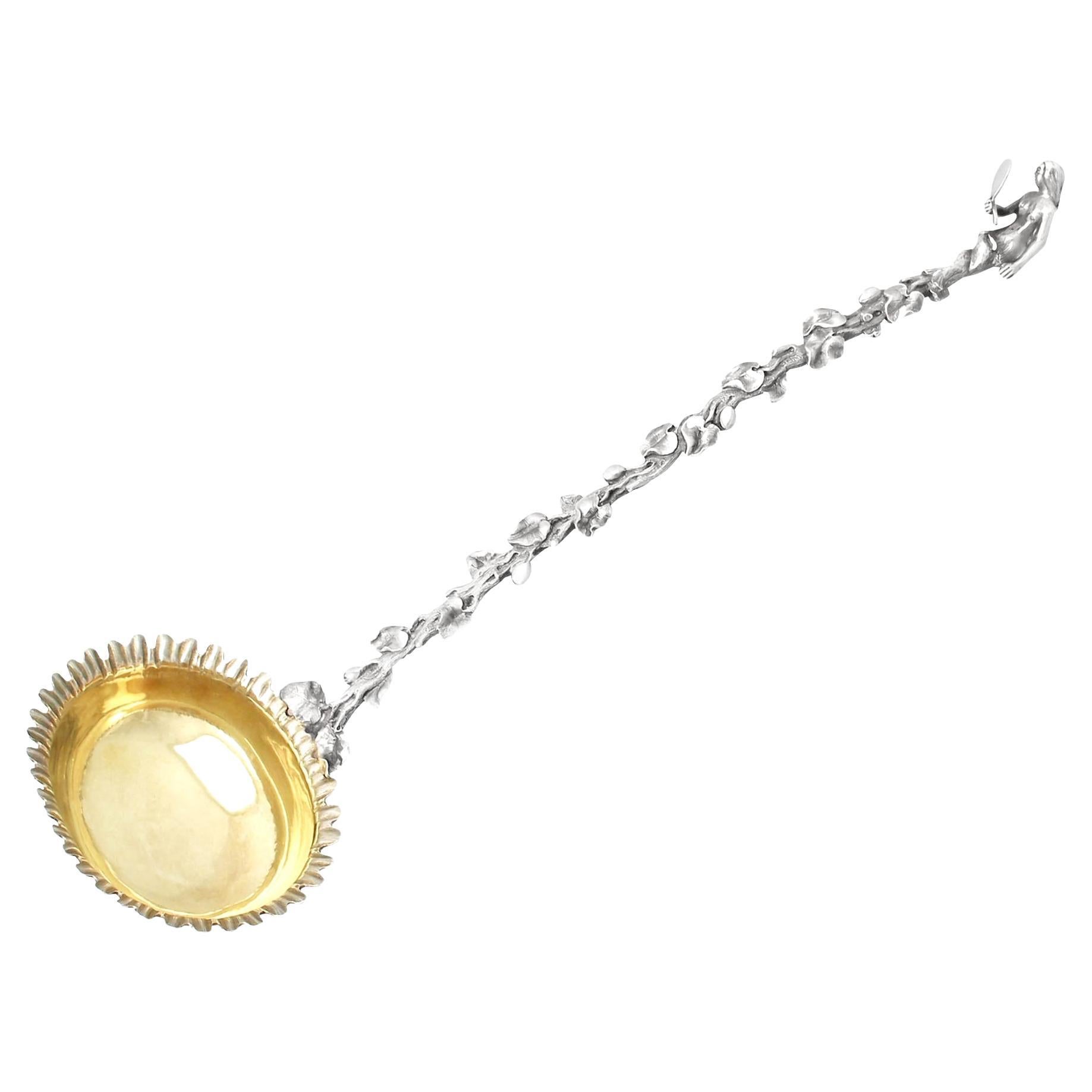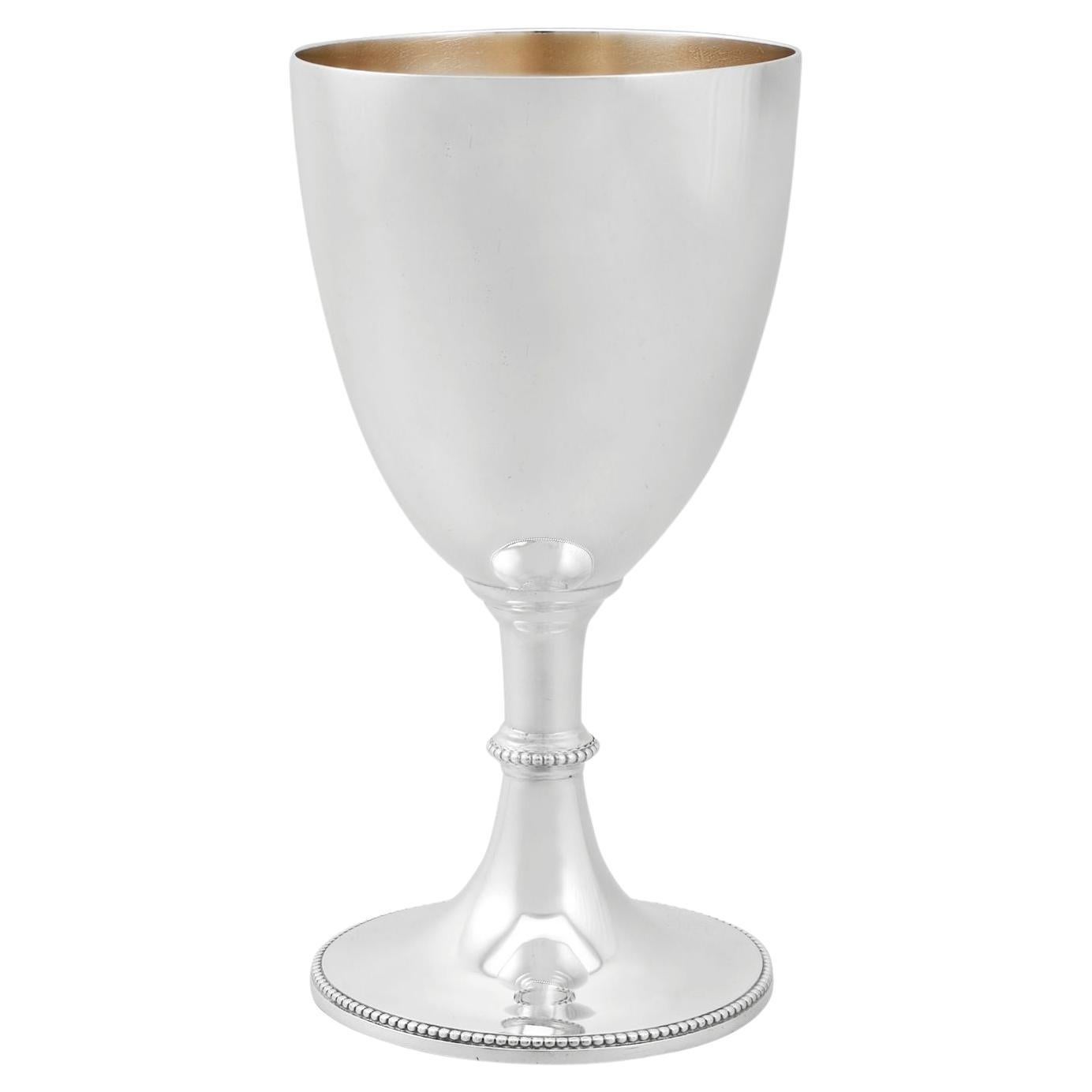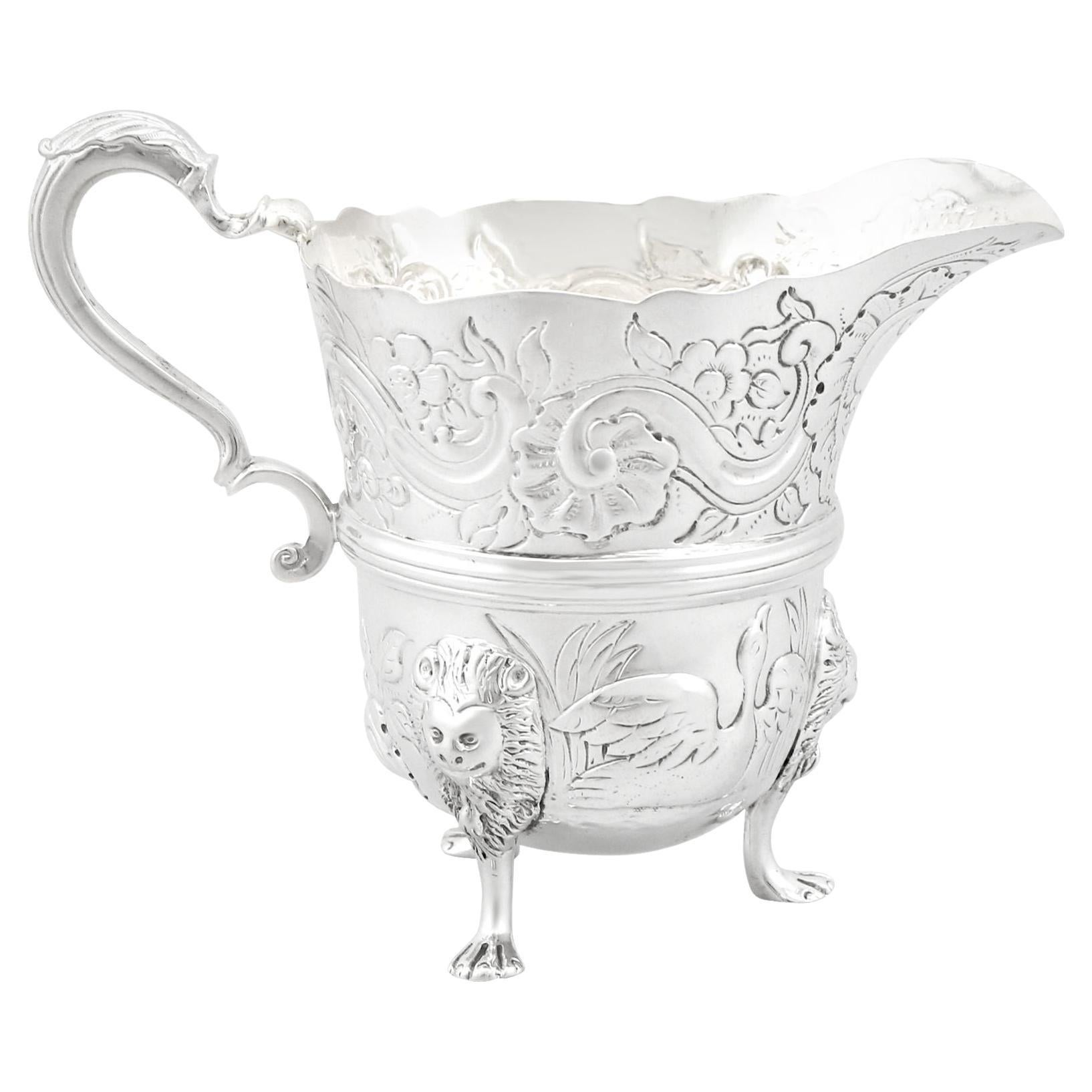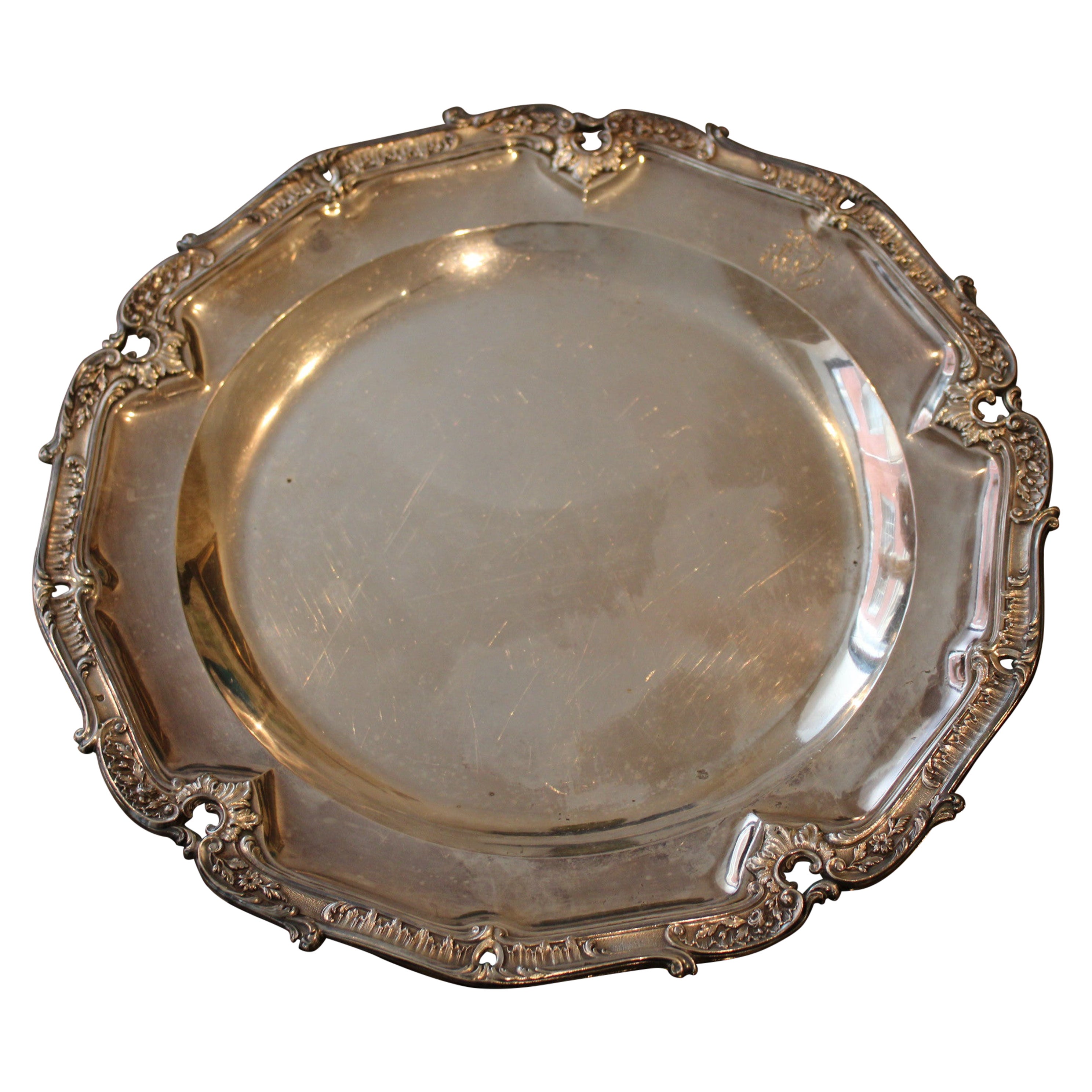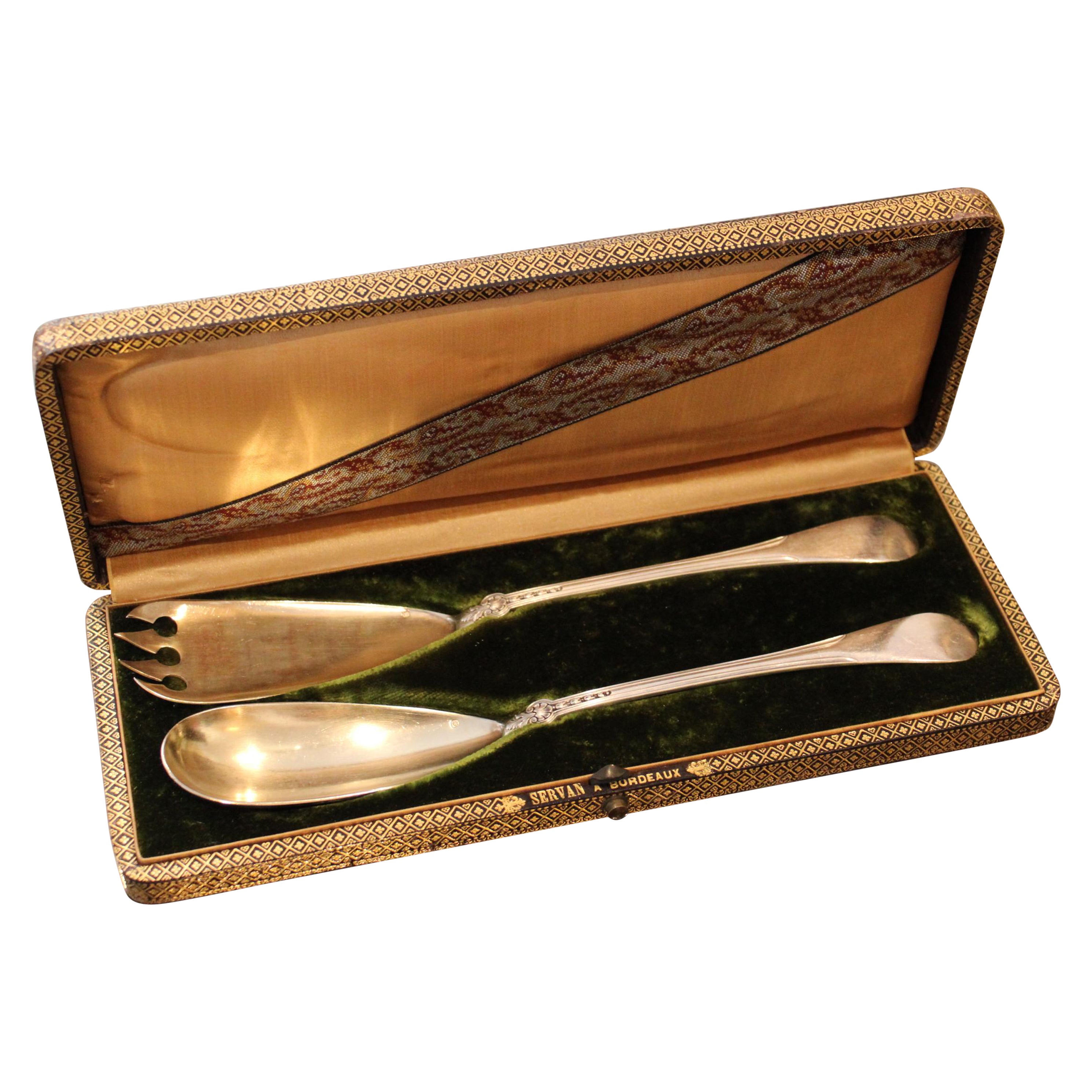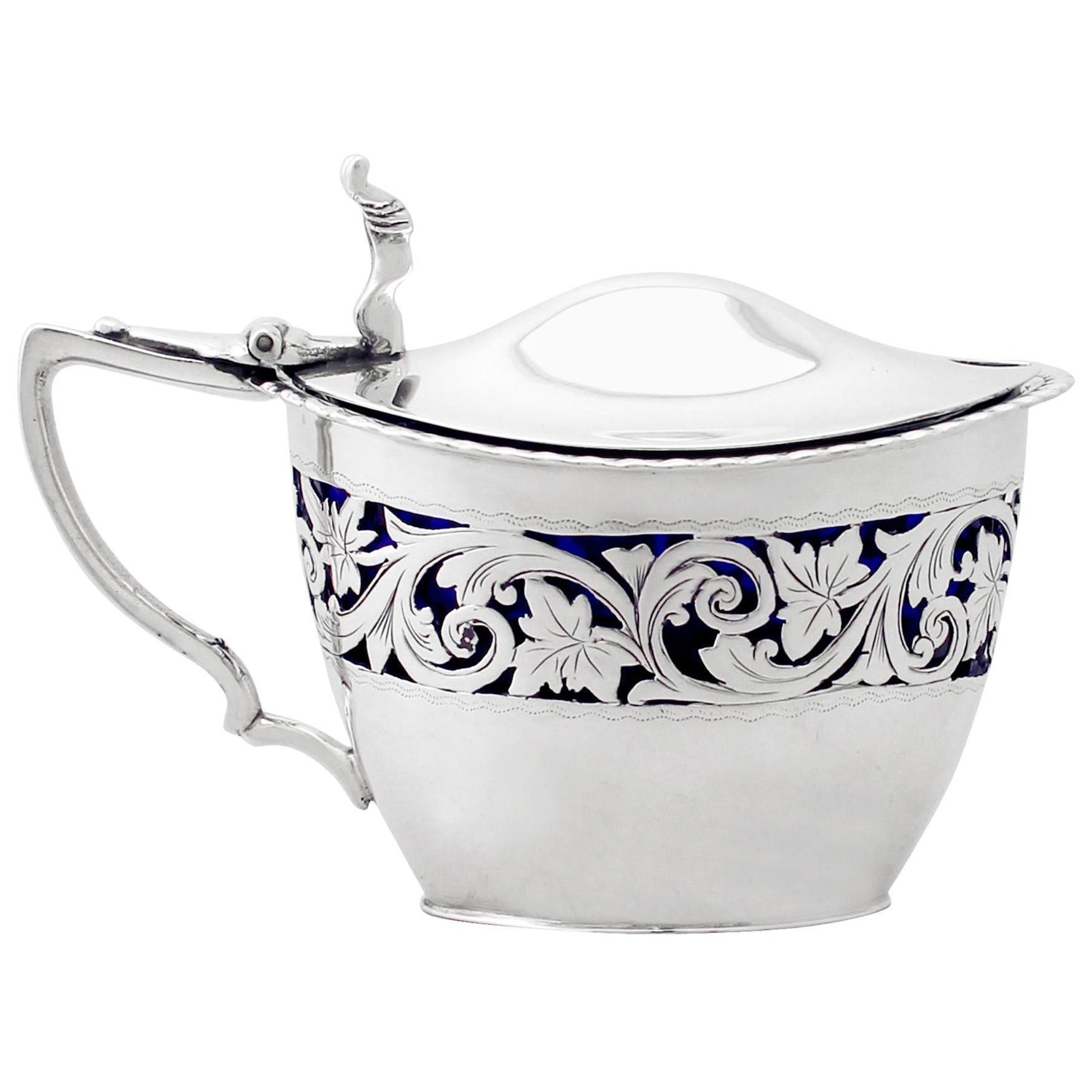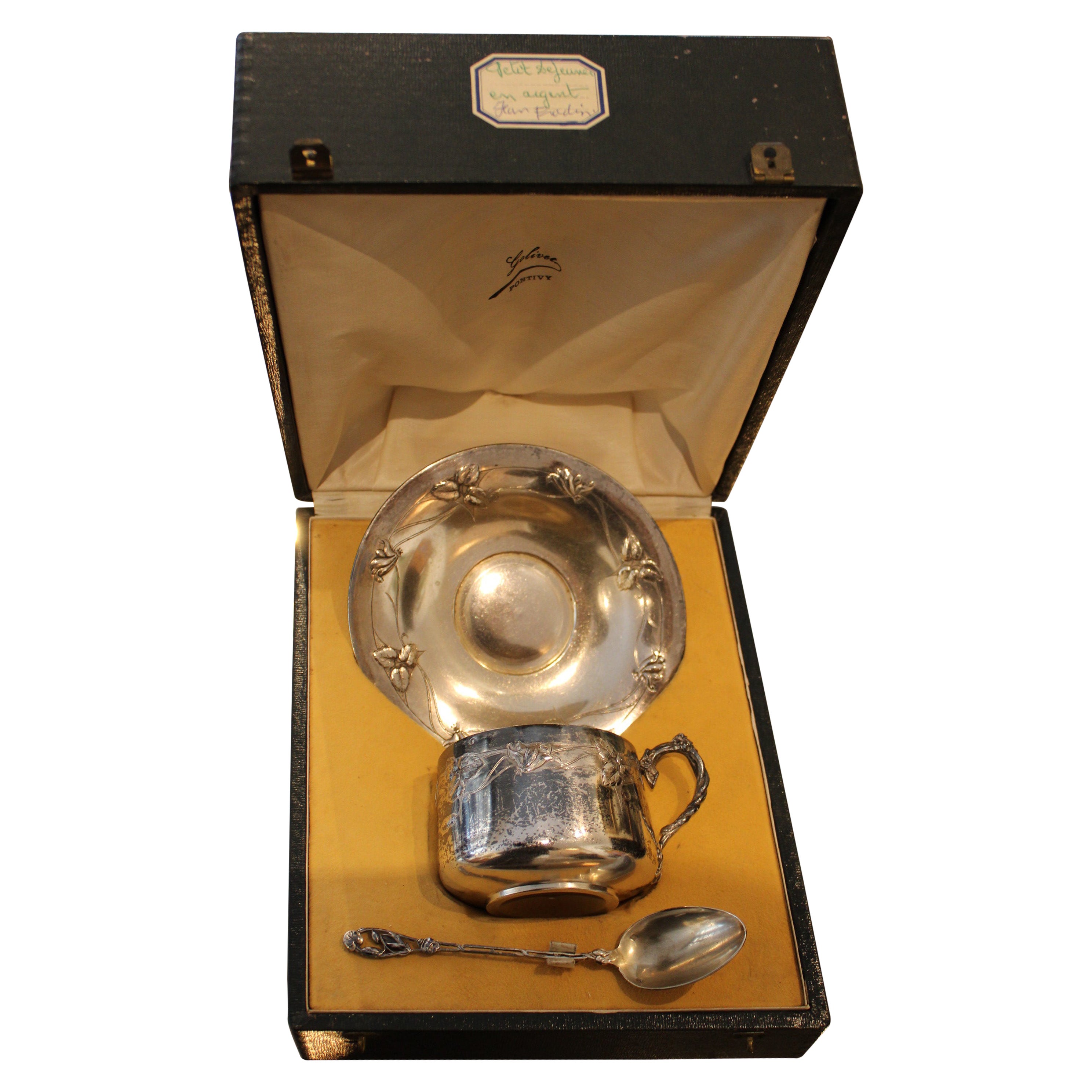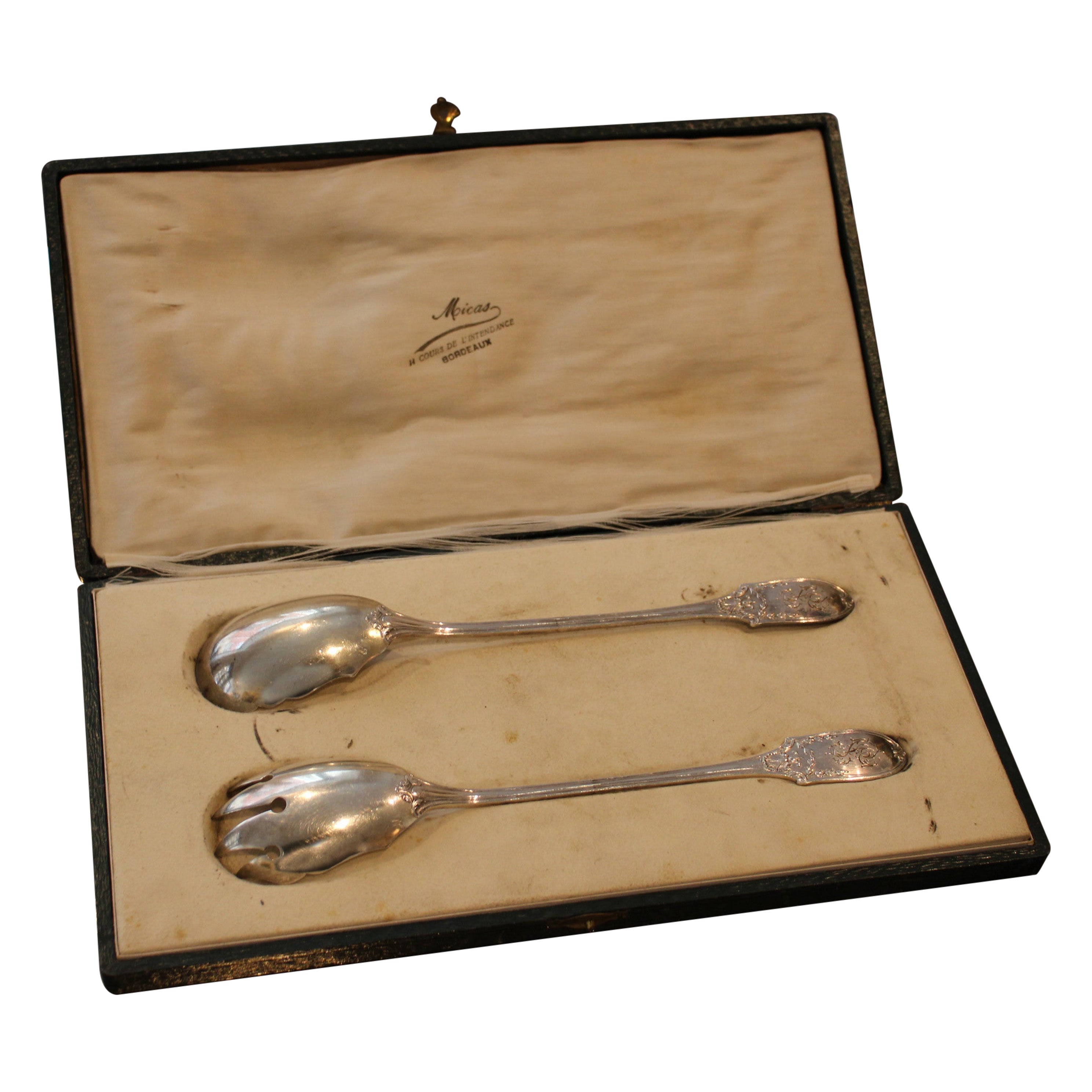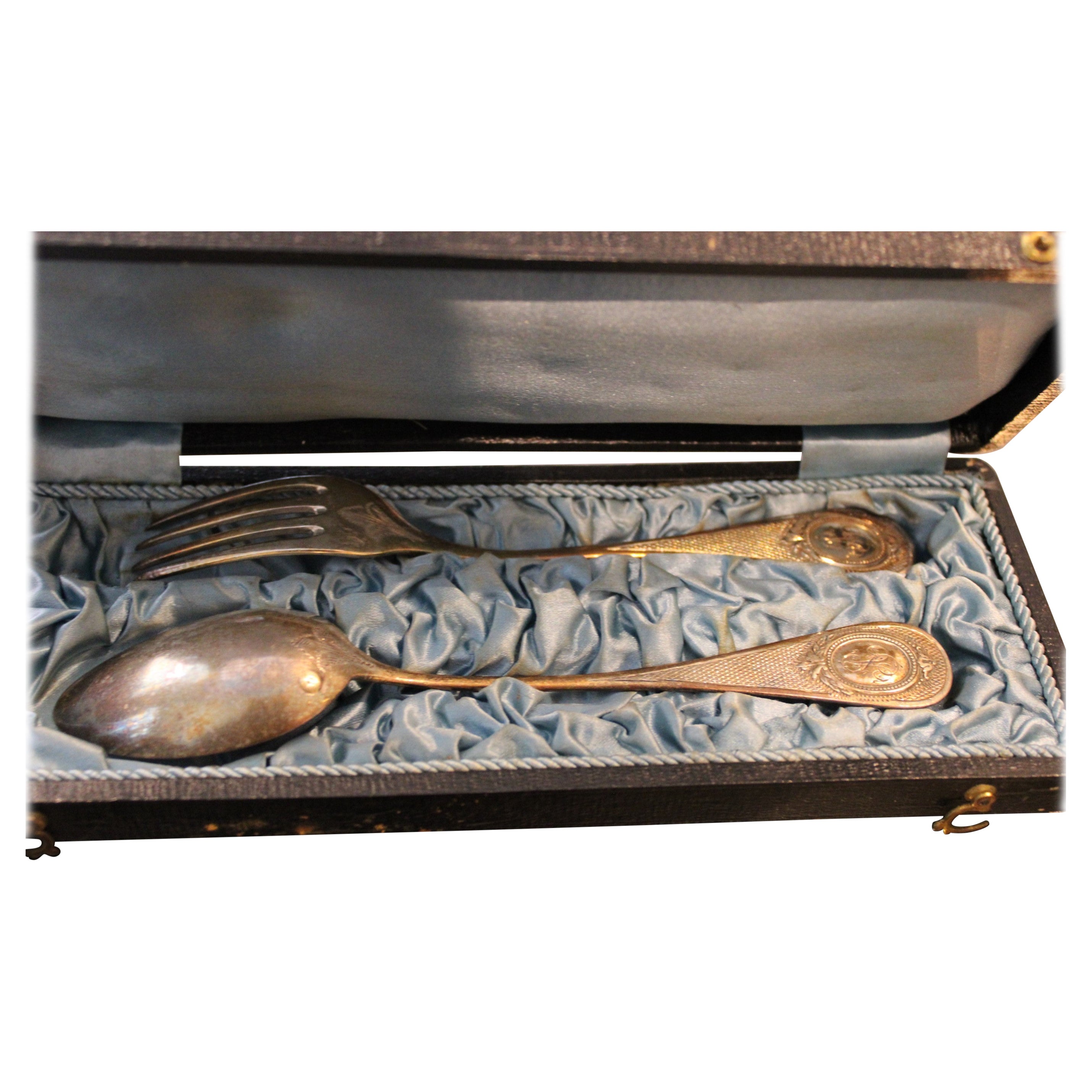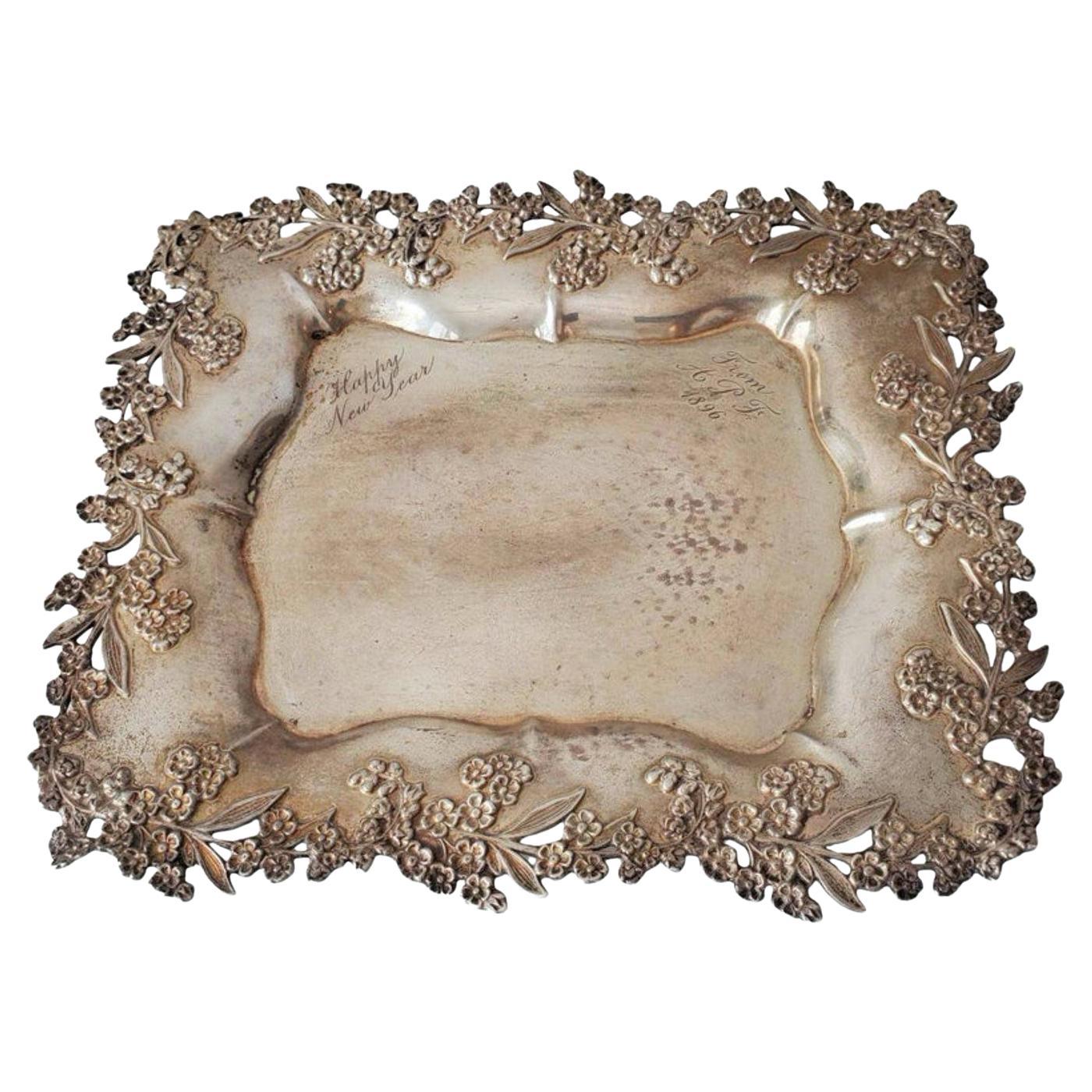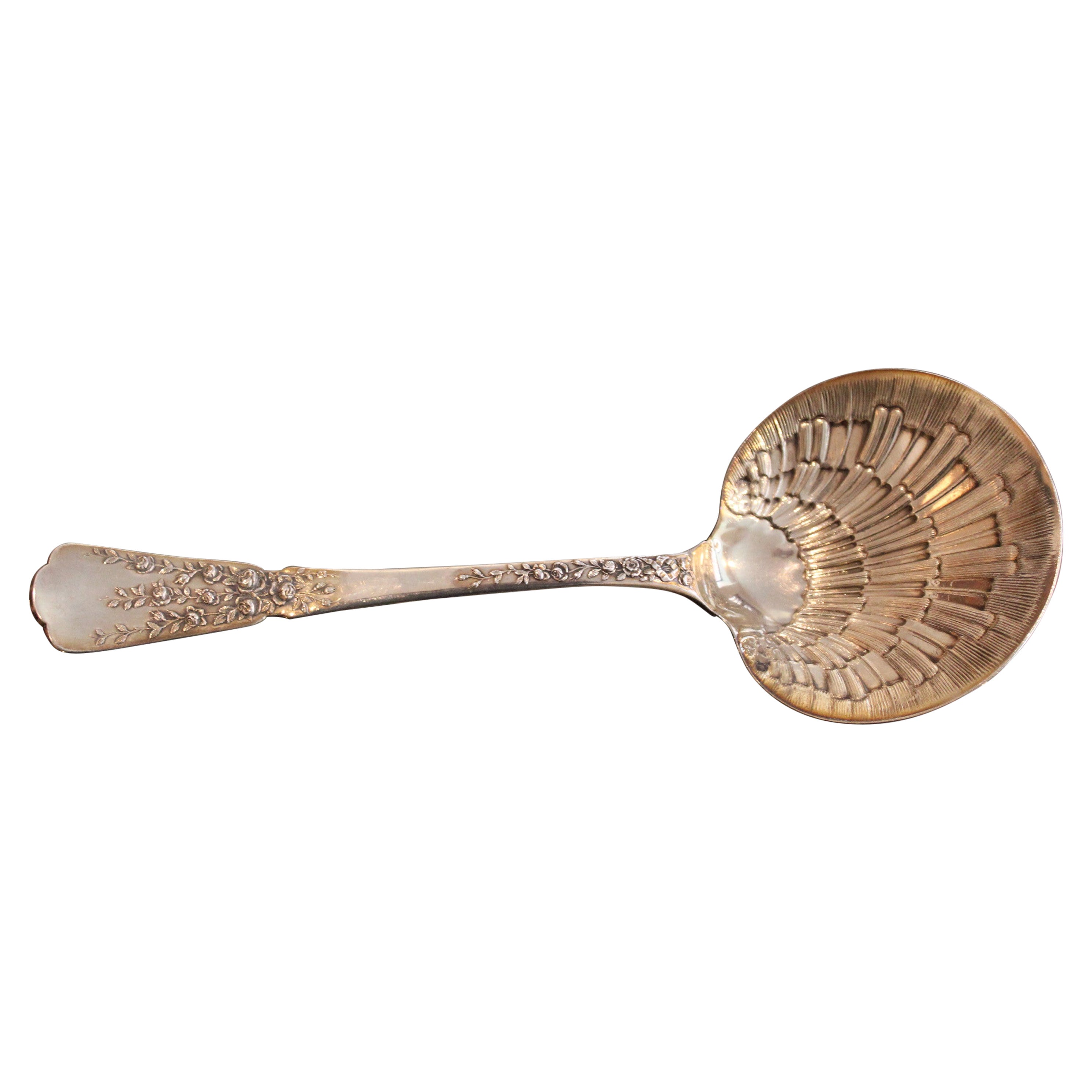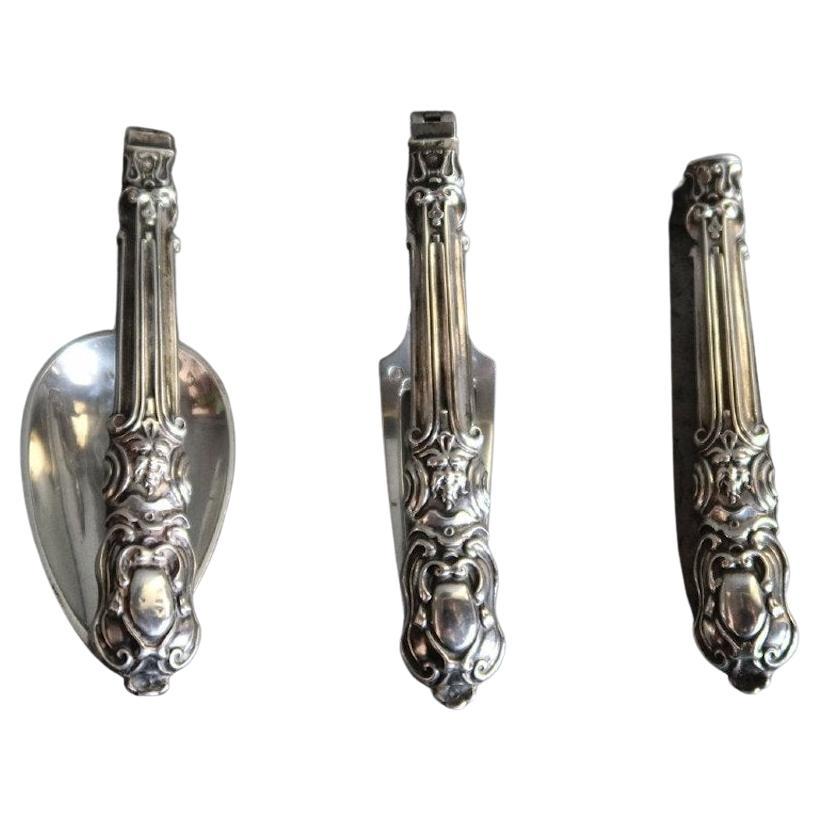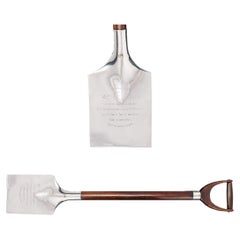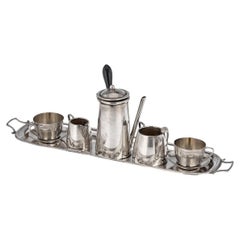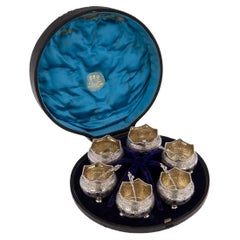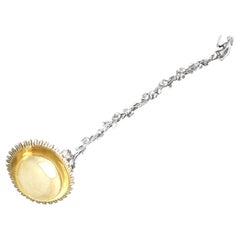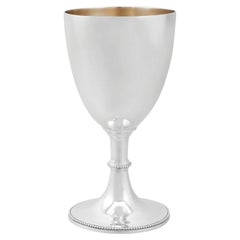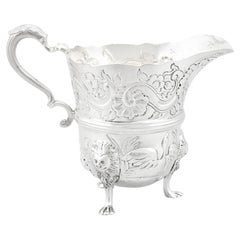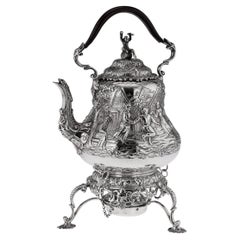
19th Century Victorian Solid Silver Teniers Hot Water Kettle, J Figg, c.1879
View Similar Items
Want more images or videos?
Request additional images or videos from the seller
1 of 17
19th Century Victorian Solid Silver Teniers Hot Water Kettle, J Figg, c.1879
About the Item
- Creator:John Figg (Maker)
- Dimensions:Height: 12.21 in (31 cm)Width: 7.88 in (20 cm)Depth: 7.88 in (20 cm)
- Style:Victorian (In the Style Of)
- Materials and Techniques:
- Place of Origin:
- Period:
- Date of Manufacture:circa 1879
- Condition:Wear consistent with age and use. Minor fading. In Excellent Condition - no damage.
- Seller Location:Royal Tunbridge Wells, GB
- Reference Number:Seller: A84401stDibs: LU1348232170792
About the Seller
5.0
Platinum Seller
These expertly vetted sellers are 1stDibs' most experienced sellers and are rated highest by our customers.
Established in 2014
1stDibs seller since 2015
368 sales on 1stDibs
More From This SellerView All
- 19th Century Victorian Solid Silver Presentation Shovel, Barnard, c.1892By Walter and John BarnardLocated in Royal Tunbridge Wells, KentAntique 19th century Victorian solid silver presentation shovel, exceptionally large, the solid silver blade is engraved "Presented to Mrs Theobald, by the workmen of St Cuthbert's L...Category
Antique 19th Century English Victorian Sterling Silver
MaterialsSilver
- 20th Century English Miniature Solid Silver Coffee Service, Birmingham, c.1912By Levi & SalamanLocated in Royal Tunbridge Wells, KentAntique early 20th Century English miniature solid silver seven piece coffee service, comprising of a coffee pot, sugar bowl, tongs, cream jug, and two cups with saucers and a servin...Category
20th Century British Serving Pieces
MaterialsSilver
$1,772 / setFree Shipping - 19th Century Victorian Solid Silver Set of 6 Salts & Spoons, London, c.1876By Hancock & Co., Daniel & Charles HouleLocated in Royal Tunbridge Wells, Kent19th century Victorian set of six silver table salts and spoons, each of circular form, on three ball feet, mounted with a beaded crown boarder, parcel gilt inside and engraved with ...Category
Antique 19th Century British Victorian Serving Pieces
MaterialsSilver
$2,153 / setFree Shipping - 19th Century Victorian Solid Silver & Champleve Enamel Tea Cup and Sauce, c.1875By Thomas SmilyLocated in Royal Tunbridge Wells, KentAntique 19th Century Victorian solid silver & champleve enamel tea cup and saucer, circular shaped and applied with shaped handle, plain rim and spreading domed foot, body decorated ...Category
Antique 19th Century British Victorian Tea Sets
MaterialsEnamel, Silver
$2,788 / setFree Shipping - 19th Century Victorian Solid Silver & Glass Figural Salts, Elkington, c.1896Located in Royal Tunbridge Wells, Kent19th century Victorian pair of silver figural salts, each piece raised on an oval domed base on four scrolling feet, each stunning figural stems mo...Category
Antique 19th Century British Victorian Tableware
MaterialsSilver
$3,169 / setFree Shipping - 19th Century Victorian Silver Plated & Coromandel Tantalus, c.1890Located in Royal Tunbridge Wells, KentAntique late-19th Century Victorian silver plated mounted on coromandel tantalus, the interior comprising three cut crystal decanters with stoppers...Category
Antique 19th Century British Victorian Glass
MaterialsSilver
You May Also Like
- John Wilmin Figg Victorian Sterling Silver Punch LadleBy John FiggLocated in Jesmond, Newcastle Upon TyneAn exceptional, fine and impressive, unusual antique Victorian English sterling silver punch ladle by John Wilmin Figg; an addition to our silver flatware collection This exceptional antique Victorian cast sterling silver punch ladle has been crafted in a very unusual naturalistic form. The stem of the handle is ornamented with fine and impressive decoration reproducing the features of an ivy vine. The handle is further embellished with an impressive terminal depicting a mermaid peering into a hand mirror. This exceptional silver punch ladle is further ornamented with an impressive trifurcating leaf design forming a shaped heel, in junction with the bowl. The oval rounded bowl of the ladle is encircled with an impressive chased leaf textured, undulating flared border to the rim. The interior of the bowl retains the original gilding. Condition This antique punch ladle...Category
Antique 1850s English Victorian Sterling Silver
MaterialsSilver, Sterling Silver
- 19th Century Victorian Sterling Silver GobletBy Goldsmiths Alliance Ltd.Located in Jesmond, Newcastle Upon TyneAn exceptional, fine and impressive antique Victorian sterling silver goblet; an addition to our wine and drinks related silverware collection. This exceptional antique Victorian sterling silver goblet has a circular bell shaped form onto a swept cylindrical pedestal, to a circular spreading foot. The body of this impressive antique silver goblet...Category
Antique 1850s English Victorian Sterling Silver
MaterialsSilver
- 19th Century, Victorian Sterling Silver Cream JugBy James Wakely & Frank Clarke WheelerLocated in Jesmond, Newcastle Upon TyneThis fine antique Victorian sterling silver cream jug has a plain circular inverted bell shaped form, in the classic Georgian Irish style. The body of this Victorian cream jug is embellished with chased floral and scrolling foliate designs above a plain applied girdle. The lower portion of the body is embellished with further chased decoration depicting a swan and antique fish design amidst water reeds...Category
Antique 1890s Great Britain (UK) Victorian Serving Pieces
MaterialsSilver, Sterling Silver
- Solid Silver Tray, 19th CenturyLocated in Paris, FRSolid silver tray, 19th century. Hallmark Minerva. Weight : 847gCategory
Antique 19th Century Serving Pieces
MaterialsSilver
- Solid Silver Cutlery in a Box, 19th CenturyLocated in Paris, FRSolid silver cutlery in a box. "Servan à Bordeaux" Hallmark Minerva 19th Century. Box dimensions : 29 x 11 x 4 cm Spoon dimensions : 25.5 x...Category
Antique 19th Century French Serving Pieces
MaterialsSilver
- 19th Century Victorian English Sterling Silver Mustard Pot, 1896By Stokes & Ireland LtdLocated in Jesmond, Newcastle Upon TyneA fine and impressive antique Victorian English sterling silver mustard pot; an addition to our silver cruets/condiments collection. This exceptional antique Victorian sterling silver mustard pot has an oval tapering form. The body of the mustard pot is embellished with a broad shaped band of pierced scrolling leaf ornamentation flanked with undulating wigglework decorated borders. The flared upper rim of this silver mustard pot is encompassed with an applied gadroon decorated border. This Victorian mustard pot retains the original hallmarked hinged, plain domed cover surmounted a shaped bifurcating thumbpiece. This fine example of antique silverware is fitted with a shaped handle featuring an incurved, shaped thumbpiece. The mustard pot is fitted with the original removable blue glass liner. This impressive sterling mustard pot...Category
Antique 1890s English Victorian Sterling Silver
MaterialsSilver, Sterling Silver
Recently Viewed
View AllMore Ways To Browse
Water Kettle
Antique Silver Kettle On Stand
Dutch Peasants
Antique Water Kettle
Victorian Kettle
19th Century Kettle Stand
Sterling Tea Kettle On Stand
Victorian Sterling Silver Tea Service
English Tea Kettle
Silver Water Kettle
Victorian Silver Kettle
English Silver Tea Kettle
Sterling Silver Hot Water
19th Century Victorian Tea Service
Antique Water Barrel
19Th Century Antique Silver Kettle And Stand
Hot Water Kettle
Sterling Silver Water Kettle
